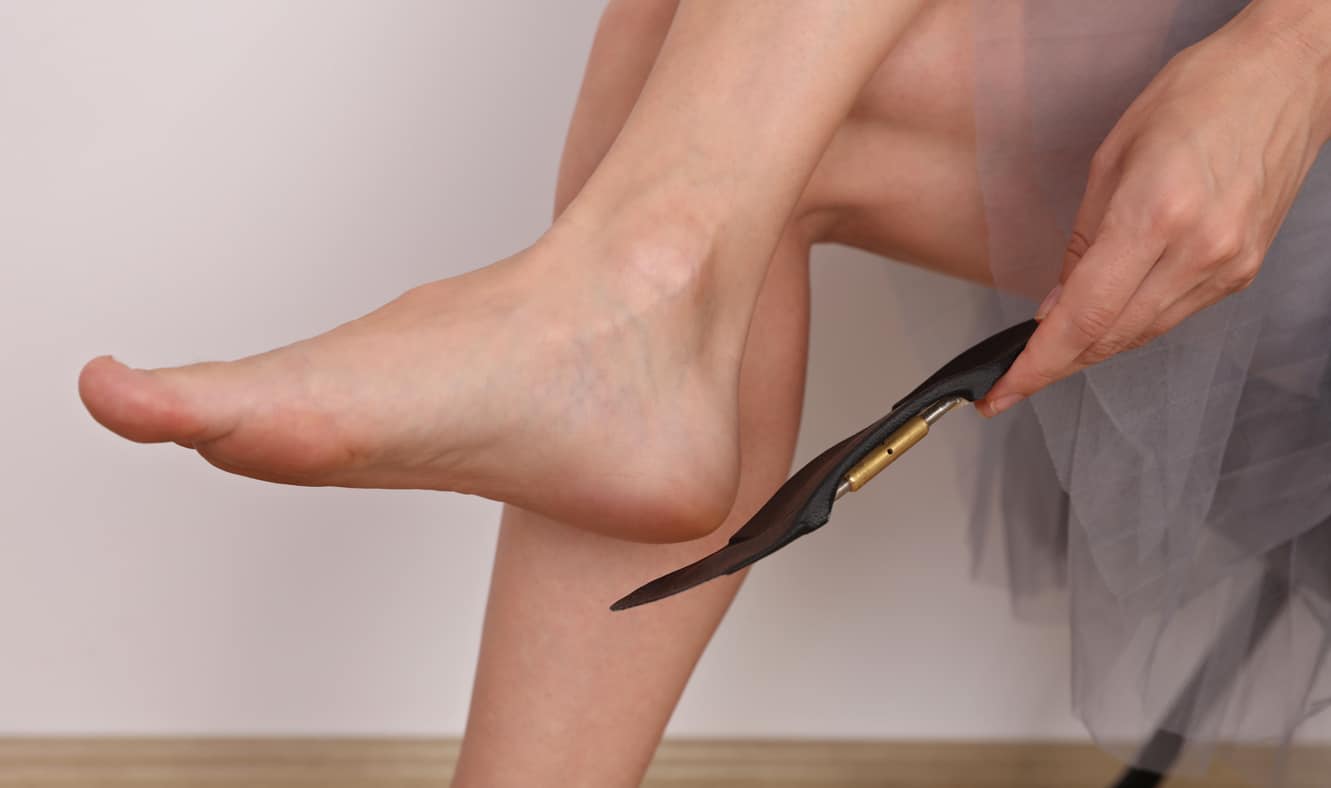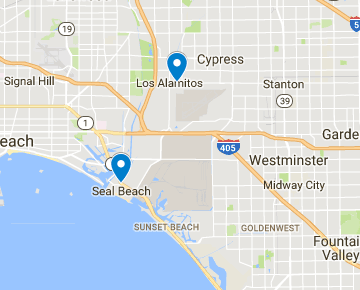Why Do Humans Have Arched Feet?
May 26, 2020 • • foot care
New research suggests the top of your foot may keep your foot arched even when your bottom arch has flattened.
Did you ever wonder why your foot is arched? Unlike other primates, humans have a foot arch that gives our feet the stiffness — and the flexibility — to walk upright and to push off when we run or jump.
Up until recently, studies of the human arch have focused on the longitudinal arch that runs along the bottom of the foot from the heel to the balls of the foot. This arch and its ligaments act as shock absorbers when we jump or push off against the ground. But a new study published in Nature found another part of the foot — the transverse arch — is equally important to the foot’s unique ability to be both rigid and flexible. The findings could have implications for how doctors treat foot disorders, like flat foot.
The Transverse Arch’s Newfound Importance
The transverse arch spans the top of the foot, running horizontally from side to side. In the recent study, researchers attributed 40 percent of the foot’s stiffness to this arch. They made this finding after cutting the ligaments in the transverse arch in cadavers. By contrast, cutting the plantar fascia in the longitudinal arch reduced foot stiffness by 23 percent. Due to this variation, researchers concluded the transverse arch plays a substantial role in the foot’s stiffness, more so than previously thought.
Working together, the two arches provide humans with the ability to walk upright, hop, and run. Other primates have more flexible feet that enable them to grab onto tree branches. Interestingly, the transverse arch first appeared in hominins 3 million years before modern humans came on the scene. Hominins are a class of primates within the Hominid family; hominins are extinct today except for human beings.
The longitudinal arch followed the development of the transverse arch, making its first appearance 1.8 million years ago. The combination of the transverse and longitudinal arch has allowed humans to stand and walk upright on two legs, a phenomenon known as bipedalism.
If you’ve been diagnosed with flat feet, you likely have a low longitudinal arch that causes pain and makes participating in sports difficult. Flat feet put pressure on other parts of the body, which may cause pain not only in the foot, but in the hip, knee, and lower back, as well.
Yet this research may explain why many people with flat feet don’t experience pain. If the longitudinal arch is flattened, a high transverse arch picks up the slack and maintains the foot’s rigidity. More research is needed, but understanding the relationship between these two arches could help doctors develop new treatments for foot disorders, corrective orthotics to treat flat feet, and more supportive shoe designs.
Let Us Treat Your Foot Pain
This recent research suggests innovative treatments for foot disorders are on the horizon. However, if you suffer from foot pain now, you should seek the advice of a foot specialist. The offices of Alamitos-Seal Podiatry Group are supervised by an experienced group of doctors knowledgeable in the diagnosis and treatment of a variety of foot ailments. Contact them today for an appointment.
Request an Appointment
Fill out the form below to reach Alamitos – Seal Beach Podiatry Group, or call Los Alamitos: (562) 203-6151 or Seal Beach: (562) 242-1559 for immediate assistance.
By submitting, you agree to our privacy policy.






